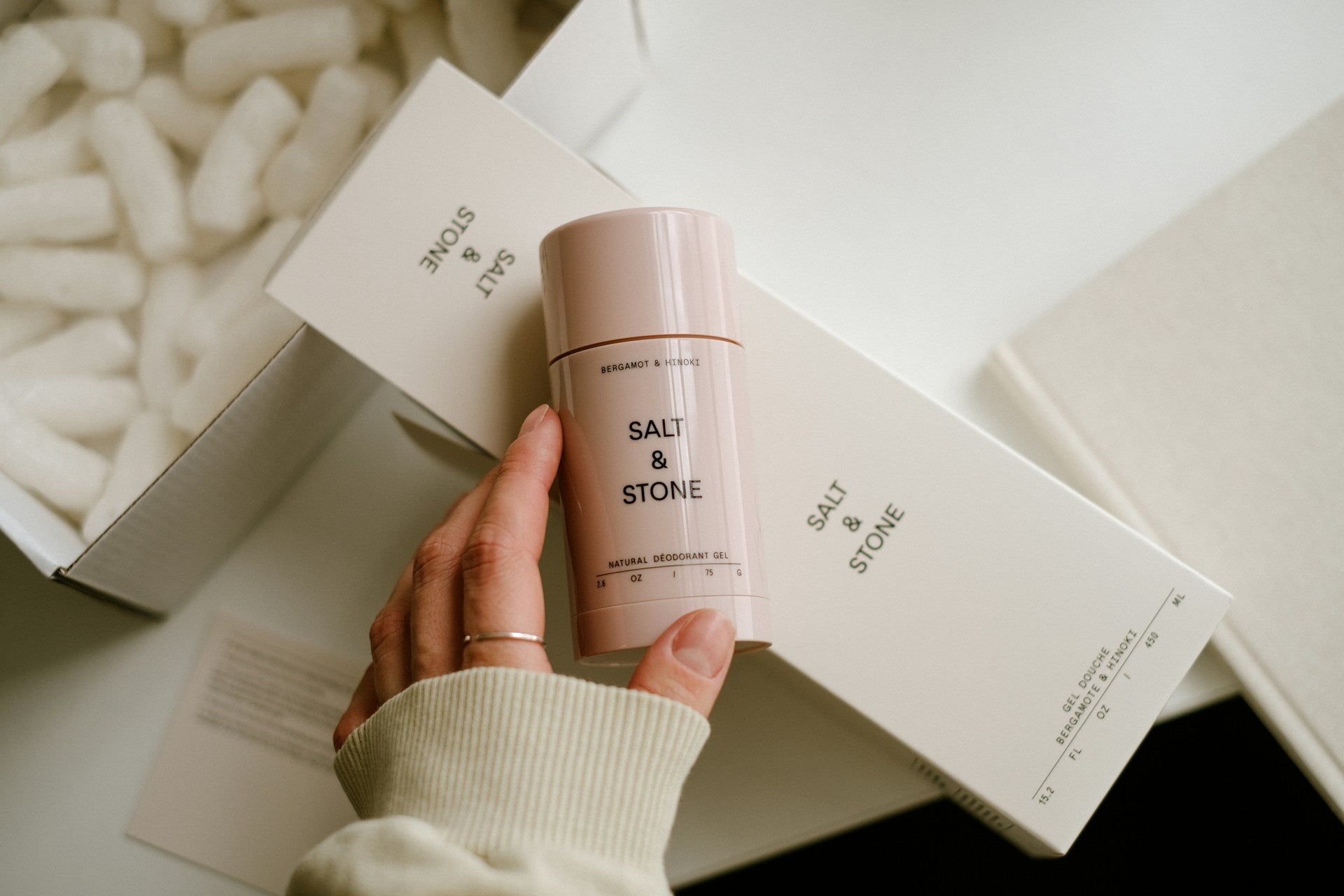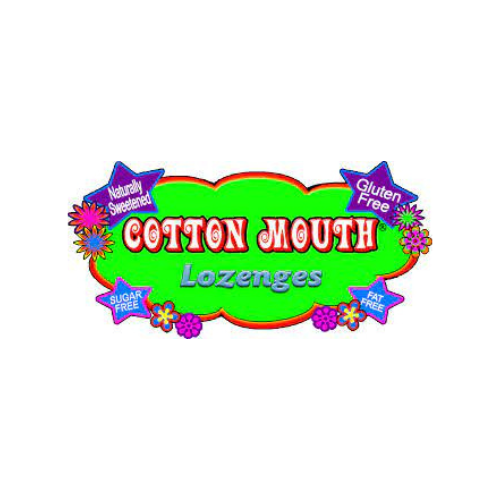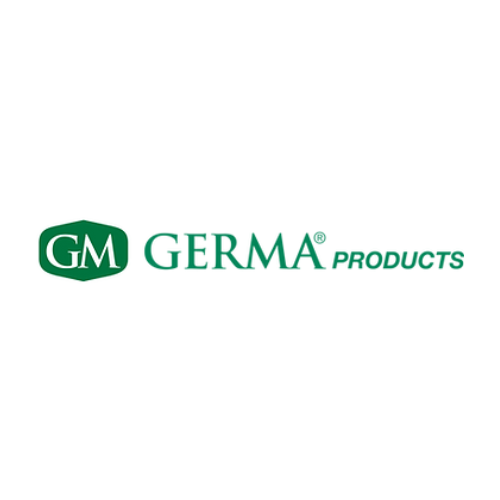
Guide to Selling Beauty Products on Amazon in 2024
Introduction: The Opportunity in 2024
The beauty industry is thriving, and selling beauty products on Amazon has become a lucrative business for entrepreneurs. With millions of customers actively shopping for skincare, cosmetics, hair care, and other beauty essentials, Amazon provides a massive platform to reach beauty enthusiasts worldwide. As we head into 2024, staying on top of industry trends and mastering Amazon’s marketplace strategies are essential to succeed in this competitive space. This guide will walk you through every step of selling beauty products on Amazon, from setting up your seller account to marketing your products and scaling your business.
1. Setting Up Your Amazon Seller Account
The first step in selling beauty products on Amazon is creating a professional seller account. Here’s a breakdown of how to get started:
Creating a Professional Seller Account
To sell beauty products on Amazon, you’ll need a Professional Seller Account, which allows you to list unlimited products and access Amazon’s advertising tools. When signing up, you’ll provide basic business details, payment information, and tax identification. Consider using Fulfillment by Amazon (FBA) to handle storage, packing, and shipping, as it helps streamline operations and provides the added benefit of Prime delivery for your products.
Understanding Fees and Costs
Selling beauty products on Amazon involves various fees, such as referral fees (usually 15% for beauty items), FBA fees (if you use this service), and storage fees for your inventory. Use Amazon’s fee calculator to understand your profit margins and price your products competitively.
By ensuring your account is set up correctly, you’ll be ready to start selling beauty products on Amazon with the right foundation.
2. Identifying and Sourcing Beauty Products
Choosing the right beauty products to sell on Amazon is critical for success. Not all beauty items perform equally well, so you’ll need to conduct research and understand the market.
Choosing the Right Products
In 2024, consumers are looking for innovative, eco-friendly, and effective beauty solutions. Use tools like Amazon Best Sellers and Jungle Scout to analyze current trends. Focus on beauty categories such as skincare, haircare, and makeup, and identify niche products like vegan cosmetics or organic skincare that have less competition but high demand.
Where to Source Beauty Products
When sourcing beauty products to sell on Amazon, consider working directly with manufacturers or wholesalers for high-quality items. You can also explore private labeling, where you develop a unique brand and customize products to differentiate from competitors. Make sure your products comply with industry standards and regulations to avoid any compliance issues down the line.
Creating a Private Label Brand
Private labeling is a popular strategy for selling beauty products on Amazon. By developing your own brand, you can control the quality, packaging, and marketing, giving you an edge in the competitive beauty market. Invest in creating visually appealing packaging and clear branding that resonates with your target audience.
3. Creating High-Converting Product Listings
Once you’ve sourced your beauty products, it’s time to create product listings that attract customers and convert clicks into sales.
Optimizing Product Titles and Descriptions
For selling beauty products on Amazon, your product titles should be concise and include relevant keywords that customers are searching for. Be descriptive, highlighting essential information like the product type, size, key ingredients, and benefits. Write detailed, engaging product descriptions that answer customer questions and emphasize how your product solves their problems, such as by improving skin tone, moisturizing, or enhancing appearance.
High-Quality Images and Videos
Beauty is a visual industry, so high-quality images are crucial for driving sales. Use professional photography that shows your product from multiple angles, along with lifestyle images of the product in use. Adding a short product demo video can further enhance customer engagement, giving them a closer look at the texture, color, and application process.
Using A+ Content and Enhanced Brand Content
If you’re selling beauty products on Amazon under a registered brand, take advantage of A+ Content and Enhanced Brand Content to elevate your listings. These tools allow you to create visually rich product pages with comparison charts, images, and expanded text, helping you stand out from competitors.
4. Pricing Your Products Competitively
Pricing is a key factor in selling beauty products on Amazon. Setting the right price can boost your sales, while poor pricing can cause you to lose out to competitors.
Understanding Amazon’s Pricing Strategy
Amazon's pricing algorithm constantly monitors competitors and market demand to ensure customers are getting the best price. For your beauty products to remain competitive, regularly review and adjust your prices. Use Amazon's Automate Pricing tool to stay in line with competitor pricing without compromising your profitability.
Offering Discounts, Coupons, and Deals
To gain traction and build a customer base when selling beauty products on Amazon, consider offering coupons or running Lightning Deals. These promotions create urgency and help your products stand out on search pages. Offering bulk discounts or subscription-based pricing (e.g., Subscribe & Save) is another way to encourage repeat purchases and improve your product’s visibility.
5. Advertising and Marketing Your Beauty Products
To drive traffic and increase sales when selling beauty products on Amazon, you’ll need a solid marketing and advertising strategy.
Amazon Advertising Options
Amazon’s PPC (Pay-Per-Click) advertising is a powerful tool for promoting your beauty products. Create targeted campaigns using Sponsored Products, Sponsored Brands, and Sponsored Display ads to reach customers actively searching for beauty items. You can also retarget customers who have shown interest in similar products, helping you maximize conversions.
Influencer Marketing and Social Proof
Social proof is key in the beauty industry, where consumers trust recommendations from influencers. Collaborate with beauty bloggers, Instagram influencers, and YouTube creators who can review your products and direct their followers to your Amazon listings. Positive reviews and ratings will further build trust with new customers.
External Traffic Strategies
Expand your reach by driving external traffic to your Amazon store. Use social media platforms like Instagram and TikTok to showcase your beauty products, run paid social ads, and engage directly with your audience. Consider setting up email marketing campaigns or partnerships with beauty influencers to increase your visibility.
6. Managing Inventory and Fulfillment
Efficient inventory management is essential when selling beauty products on Amazon, especially since stockouts or overstocking can negatively impact your profitability and customer satisfaction.
Inventory Management Best Practices
To avoid running out of stock, which can hurt your product rankings, use Amazon’s inventory management tools to monitor stock levels in real-time. You can set reorder alerts based on sales velocity to ensure you replenish inventory before it runs out. Tools like Restock Inventory and Inventory Performance Index (IPI) can help you plan your orders and keep inventory levels optimal.
Navigating Amazon FBA for Beauty Products
Using Fulfillment by Amazon (FBA) for beauty products offers several advantages. FBA ensures fast, reliable shipping and gives you access to Prime customers, increasing your chances of making sales. However, FBA comes with storage fees, especially if inventory is not selling quickly. Be sure to manage inventory turnover and adjust pricing or run promotions on slow-moving products to avoid excess storage costs.
By efficiently managing your inventory and fulfillment, you can scale your beauty business on Amazon while minimizing costs and maintaining product availability.
7. Ensuring Compliance with Amazon and Industry Standards
When selling beauty products on Amazon, it’s crucial to comply with both Amazon’s marketplace policies and industry regulations to avoid account suspension or product removal.
Understanding Amazon’s Beauty Product Guidelines
Amazon requires beauty products to be safe, accurately labeled, and compliant with industry standards. Ensure that your product labels clearly list ingredients, usage instructions, and warnings if applicable. Non-compliance can lead to listing removals, account suspensions, or worse—legal issues.
FDA and Other Regulatory Standards
Beauty products, especially skincare and cosmetics, are often regulated by bodies like the FDA (Food and Drug Administration) in the U.S. Ensure your products are in line with all applicable health and safety regulations. Pay special attention to product claims, ensuring that they are accurate and not misleading (e.g., avoid false claims about anti-aging or skin-whitening benefits).
Avoiding Policy Violations
Common violations include false product claims, poor labeling, or selling expired products. Make sure to regularly review Amazon’s guidelines to stay compliant and minimize the risk of suspension. If an issue arises, act quickly to resolve the problem by contacting Amazon support or appealing a suspension if needed.
8. Scaling Your Beauty Business on Amazon
Once you’ve established a foothold in selling beauty products on Amazon, the next step is to scale your business for long-term growth and increased profitability.
Expanding Your Product Line
After achieving initial success, consider expanding your product portfolio by introducing complementary beauty items. For example, if you’re already selling skincare products, you can introduce new lines such as cleansers, toners, or serums. Use customer feedback and market research to guide your product expansion strategy.
Using Amazon’s International Marketplaces
Amazon’s global reach provides an excellent opportunity to expand your beauty business internationally. By listing your products on Amazon Global, you can access customers in Europe, Asia, and beyond. However, ensure that your products comply with local regulations in each market and adjust your pricing strategy based on local competition and shipping costs.
Building a Strong Brand Outside of Amazon
While selling beauty products on Amazon is a great starting point, diversifying your sales channels can help reduce your reliance on the platform. Build a strong brand presence outside of Amazon through your website, social media, and other eCommerce platforms like Shopify or Etsy. By engaging with your audience directly, you can foster brand loyalty and develop a multi-channel business strategy.
Conclusion: Thriving in 2024
Selling beauty products on Amazon offers immense potential in 2024 as the beauty industry continues to grow. To succeed, you’ll need to master several key areas, from setting up your Amazon seller account to sourcing high-quality products, creating optimized listings, and running effective marketing campaigns. By ensuring compliance with Amazon and regulatory standards, managing your inventory efficiently, and leveraging Amazon’s global marketplace, you can build a sustainable and profitable beauty business.
In this competitive landscape, staying on top of emerging trends and continually refining your strategies is crucial. With the right approach, you can tap into Amazon’s massive customer base and scale your beauty brand to new heights in 2024 and beyond.
FAQs
1. What are the most profitable beauty products to sell on Amazon?
In 2024, skincare, organic products, and eco-friendly beauty items are expected to continue trending. Niche products like vegan cosmetics, anti-aging serums, and personalized beauty care also show high demand. Conducting market research and using tools like Jungle Scout or Helium 10 can help identify profitable products.
2. How do I ensure my beauty products meet Amazon's requirements?
Amazon has strict guidelines for beauty products, including proper labeling and adherence to FDA regulations. Make sure your products have clear ingredient lists, accurate product descriptions, and compliant packaging. Check Amazon’s product compliance page regularly to stay updated on the latest requirements.
3. What are the best strategies for promoting beauty products on Amazon?
Combining Amazon PPC (Sponsored Products, Sponsored Brands, etc.) with influencer partnerships can significantly increase visibility. Use social media to build a brand presence, and encourage customer reviews by offering great customer service and follow-up. Leveraging Amazon's Vine Program can also help generate initial reviews.
4. How much inventory should I start with for beauty products?
It’s best to start small to avoid overstocking, especially if you’re testing the market. For beauty products, a 30-60 day inventory is typically recommended. Use Amazon's inventory management tools to monitor sales velocity and adjust your stock levels accordingly.
5. How can I deal with returns and complaints about beauty products?
Offering excellent customer service is key. Ensure your product descriptions and images accurately reflect what customers are receiving to minimize returns. If a return or complaint occurs, respond promptly, offer solutions, and gather feedback for improvements. For products with a high return rate, consider refining the formulation or packaging.




